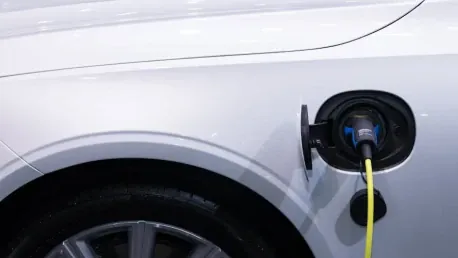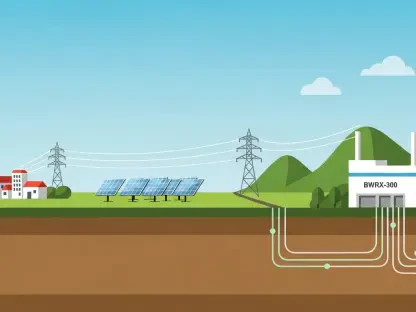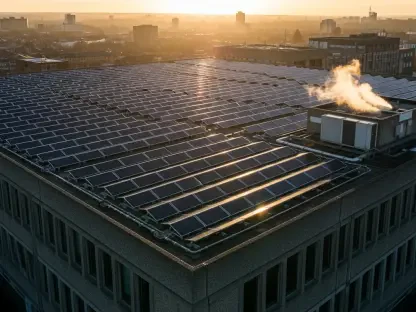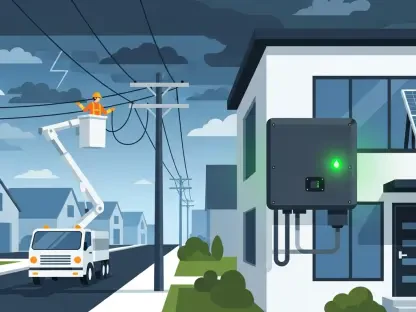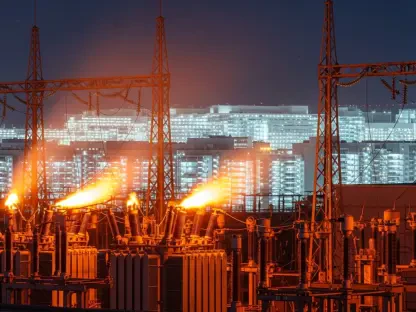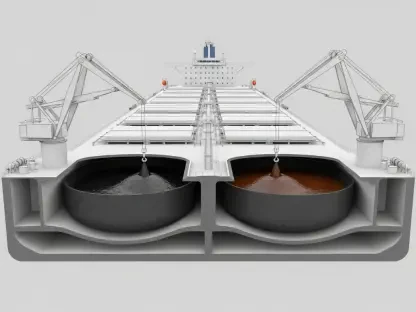Australia’s electric vehicle (EV) market is on the brink of a significant transformation that is predicted to take place by 2025, driven by a myriad of factors including the introduction of new EV models, lower prices, expanded public charging infrastructure, and the implementation of New Vehicle Efficiency Standards (NVES). These combined elements are set to stimulate substantial growth, reshaping the Australian automotive landscape in profound ways. As these changes unfold, Australia’s EV market will start to align more closely with the thriving markets in Europe, and in some aspects, even surpass that of the US, creating a new dynamic for consumer choices and preferences.
Introduction of New EV Models
The Australian EV market is expected to witness an impressive influx of around 40 new models by 2025, bringing the total number of available EV models to approximately 120. This considerable expansion will not only provide consumers with a wide array of choices but will also cater to a variety of preferences and needs, effectively aligning Australia’s market more closely with established European markets. One of the most anticipated developments is the introduction of more budget-friendly EV options, which have been notably absent in the market until now, largely due to the higher upfront costs associated with EVs. Affordable models like the Leapmotor T03, expected to debut with a starting price below $30,000, promise to make EVs more accessible to a broader audience, potentially boosting EV sales significantly. Other budget-friendly models set to enter the market include the Renault 5 E-Tech, BYD Seagull, and GAC Aion UT hatchback. These models represent significant steps toward reducing the cost barrier that has historically hindered the adoption of EVs. By providing a wider range of affordable options, the market will be more inclusive, allowing more consumers to make the switch to electric vehicles.
Expansion of Public Charging Infrastructure
The continued growth and success of the EV market in Australia are heavily dependent on the availability and expansion of public charging infrastructure. By 2025, significant investments and efforts are expected to be made to broaden the network of charging stations across the country. This expansion will address and alleviate range anxiety, a common concern among potential EV buyers, making long-distance travel in electric vehicles more feasible and convenient. The expansion of this infrastructure is essential to support the anticipated growth in EV ownership, ensuring that charging stations are accessible and convenient for all users.
Additionally, clarification around Vehicle-to-Grid (V2G) standards and the certification of chargers will further bolster the burgeoning EV market. V2G technology allows electric vehicles to feed electricity back into the grid, providing an innovative incentive for EV adoption by enabling owners to potentially earn back some costs. As these standards become more defined and familiar, consumers will have greater confidence in the reliability and functionality of the charging infrastructure, further encouraging the transition to electric vehicles.
Diversification of Vehicle Segments
Australia’s well-known preference for utes and 4WDs is an important consideration in the transformation of its EV market. Currently, the availability of fully electric options in this segment is limited to costly models such as the LDV eT60 and the Ford F-150 Lightning. However, this scenario is poised to change with the introduction of new models like the Geely Riddara RD6 and LDV eTerron 9, which promise to diversify the choices available in this segment. These new models will not only provide consumers with a broader selection of electric utes and 4WDs but will also cater to those who prioritize performance and capability in their vehicles.
High-performance models like the Mercedes-Benz G580, equipped with EQ Technology, represent progress in combining robust power features with the benefits of electric propulsion. These vehicles are expected to appeal to consumers who seek high performance without compromising on the environmental advantages of electric vehicles. The expansion of fully electric options in the ute and 4WD segments is critical to meeting the diverse needs of Australian consumers and further driving the adoption of electric vehicles across the country.
Proliferation of EV SUVs
The SUV segment is set to experience significant growth in the availability of EV options by 2025, catering to a variety of consumer needs and preferences. Among the anticipated new entries are compact models like the Alfa Romeo Junior and the Smart #1 / #3 duo, as well as mid-size options such as the Cupra Tavascan, GAC Aion V, and Geely EX5. These new models will provide an extensive range of choices within the SUV sector, ensuring that consumers can find an electric SUV that matches their specific requirements and tastes.
In addition to the more compact and mid-size options, larger or more luxurious SUVs, including the Audi Q6 e-tron, Cadillac Lyriq, and the 7-seater Hyundai Ioniq 9, will also enter the market. These models are expected to appeal to families and consumers seeking premium features and greater space in their vehicles. The BYD Sealion 7, building on the success and architecture of the popular BYD Seal range, might also emerge as a competitive alternative to established models like Tesla’s Model Y. This wide array of SUV options will attract a diverse group of buyers and further stimulate the growth of the EV market in Australia.
Performance-Focused EVs
Another exciting aspect of Australia’s EV market transformation by 2025 is the anticipated arrival of performance-focused, sporty variants that promise to captivate enthusiast buyers. Models like the Hyundai Ioniq 6 N, featuring enhanced aerodynamics and a plethora of track-focused drive modes, are designed to deliver an exhilarating driving experience. These performance models aim to combine the thrill of driving with the environmental benefits of electric propulsion, making them attractive options for those who prioritize both speed and sustainability. Other high-performance EVs expected to make an impact include the Cupra Born VZ, EV9 GT, and performance versions of the Mini Cooper and Mini Aceman. The Volkswagen ID. Buzz GTX and the all-wheel-drive XPeng G6 Performance are also among the anticipated high-performance models that will cater to consumers seeking a spirited driving experience. The introduction of these sporty EVs will add another dimension to the market, attracting a segment of buyers who seek high performance and advanced technology in their vehicles.
Refreshed Models
Australia’s electric vehicle market is on the cusp of a significant transformation anticipated by 2025. This change is driven by several factors, including the introduction of new EV models, reductions in prices, an expansion of public charging infrastructure, and the implementation of New Vehicle Efficiency Standards (NVES). Together, these elements are poised to spur considerable growth, profoundly altering the Australian automotive landscape. As these developments take place, Australia’s EV market will begin to more closely resemble the thriving markets in Europe. In some aspects, it may even surpass the US market, creating a new dynamic for consumer choices and preferences. This shift offers numerous benefits, such as reduced emissions and the potential for innovative automotive technologies. The anticipated growth also encourages increased investment in renewable energy and fosters a greater focus on sustainability. With these advancements, Australia is positioned to become a global leader in the EV sector, influencing market trends and consumer behavior worldwide.
